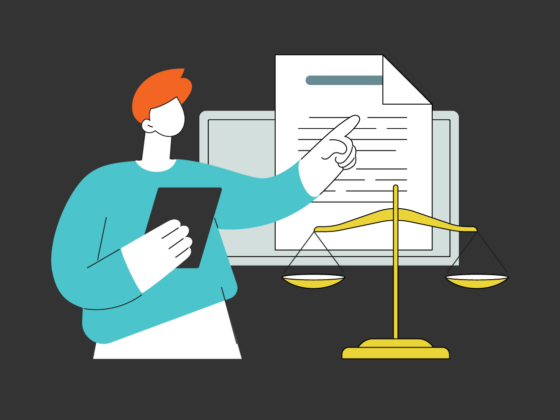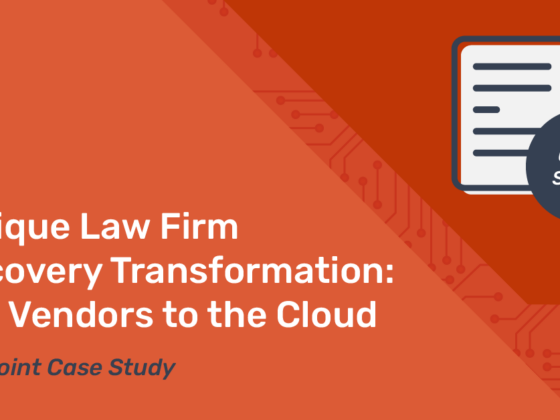What is the first thing people say about lawyers?
Do people talk about how great their lawyer is? Do they talk about the zealous representation, or ethical service and high standards?
Sadly, no. They talk about their bill.
No matter how good legal representation is, people usually talk about how much it cost. Even when parties win large judgements, they usually qualify it by saying, “yeah, but my lawyer took half.”
It’s time to change that conversation. We believe the place to start is in legal technology.
Last week, we looked at current efforts to make eDiscovery more affordable. Right now, rule makers are considering new language in the Federal Rules of Civil Procedure that would force parties to keep discovery proportional to the potential award in a given matter.
That is, if a case might be worth limited amount of money, parties will be forced to limit discovery so a potential judgement isn’t eaten up in fees to litigation technology providers. The Senate pushed back on that idea, wondering if proportionality rules would make it difficult for aggrieved parties to obtain all of the data necessary to make their case through discovery.
Break the eDiscovery Pricing Cycle
Here’s a dirty little secret: It’s not too much discovery that kills trials. It’s ediscovery pricing and billing practices.
The New Jersey Law Journal published “ The Secrets of eDiscovery Pricing,” which breaks down the services that eDiscovery providers offer and why the costs tend to shock lawyers. Its worth reading, but the short version is that there is a lack of transparency and hidden costs that shatter litigation budgets.
The ABA Journal‘s Rachel Zahorsky recently tackled disruptive legal service models in “Who’s Eating Law Firms’ Lunch?” Her article focused on legal service providers using technology to fix inefficiencies in legal services. According to the piece, “legal service providers … who embrace technology and design and apply a scientific, process-driven methodology to this type of legal work offer an estimated $25 billion savings opportunity for corporate America.”
Let Lawyers Focus on Being Lawyers
The ABA Journal article suggests that legal services companies will be taking revenues from law firms. But we believe lawyers can take advantage of the same processes to lower costs and make their services even more efficient.
In the same piece, Vermont Law School professor Oliver Goodenough says, “Legal practice isn’t going away. It is just going to forms of delivery that can combine the competence and flexibility of an old-fashioned firm with the efficiency and scale of a just-in-time cloud-computing company.”
Friend of Nextpoint Sharon Nelson wrote on her Ride the Lightning blog how legal service providers can offer better service at a lower price. Her list:
- Be more efficient.
- Lower overhead.
- Charge less.
- Track and demonstrate savings.
- Create a pricing model that gives you a portion of the money you save clients.
Of course, it’s easy to say those things, but how do lawyers actually take advantage of these efficiencies to lower costs in the real world?
Let’s consider document production. Law firms routinely spend millions of dollars scanning documents and converting files to TIFF or PDF format for production, creating a production database, then transferring those files to physical disks to be shipped to other parties.
Today, all of that work can be done in the cloud. Upload data once and do all of the processing and indexing in one repository. To produce to opposing counsel, just provide them with a “production” cloud database.
That’s just one way that modern, cloud technology will fix inefficiencies in the practice of law. It’s not about replacing lawyers – it’s about taking unnecessary cost and complications out of the legal process.






